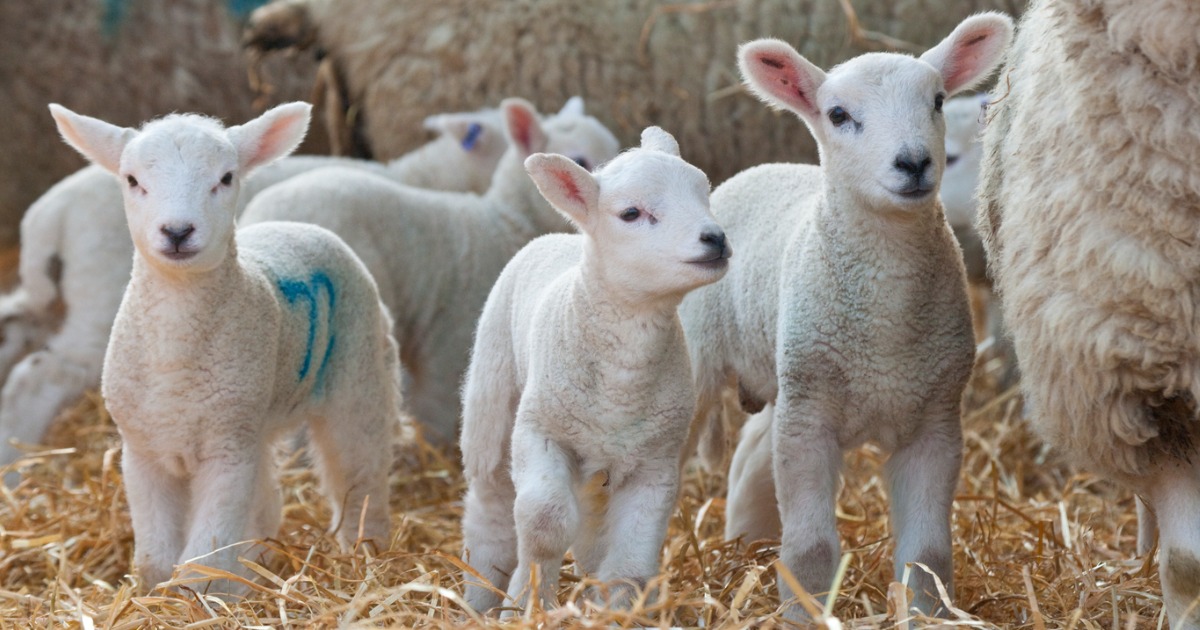How to Identify Pica in Grazing Cattle
- 14 Apr 2021
- 0 Comments

How To Spot The Signs of Pica
Pica is an abnormal behaviour usually seen in grazing cows, where they lick, chew, or eat inedible materials. This can include licking soil and fence posts, eating stones, drinking urine etc., and while cows may look healthy there is the risk of them ingesting material that can damage their gut and could ultimately lead to death.
What Are The Causes of Pica?
Pica can be difficult to treat as there is no exact cause and usually multiple factors at play. Several factors to consider are:


Dry Matter Intake
Dry Matter Intake (DMI) is the first thing to assess when pica is suspected. If there is a reduction in intake, then overall energy, protein, and mineral balance will be affected which not only increases the risk of pica but impacts fertility and performance. Remember to monitor grass growth rates and covers to ensure dry matter intakes are not restricted. Water availability is also key as any restriction will negatively impact DMI.
Rumen Health
Rumen health can be impacted when there is an insufficient level of fibre in the diet. This low fibre and potential for acidosis are thought to be risk factors for pica. Ensure there is enough NDF in the diet and consider introducing a source of long fibre if needed. Low NDF is less of a risk later in the grazing season. A good measure is to monitor butterfat levels and if normal for the time of year then a lack of fibre is unlikely to be the cause.
Mineral Imbalances
Solutions
Assess dry matter intakes, mineral levels, and NDF of the total diet.
If needed:
- Buffer feed and include a source of long fibre.
- Supplement additional phosphorus and sodium by providing a high phos mineral bucket and offering free-access rock salt.
- Use our Wynnmin Premier minerals to provide
essential vitamins, minerals, and trace elements to
help prevent deficiencies.
Our Products:
- Minpot Cattle High Phos Bucket (4% Phos, 4% Na,11% Mg)
- Wynnmin Premier Dairy or Premier Phos Mineral (IF and FA)
Mineral imbalances or deficiencies are not only a risk to health and fertility, but low phosphorus, sodium and cobalt levels have also been associated with pica. In early summer, phosphorus and sodium can be low in pastures and unsupplemented cows may be at risk of deficiency. Ensure requirements are being met by assessing all dietary mineral sources, this includes grazed grass, concentrates, and water.










